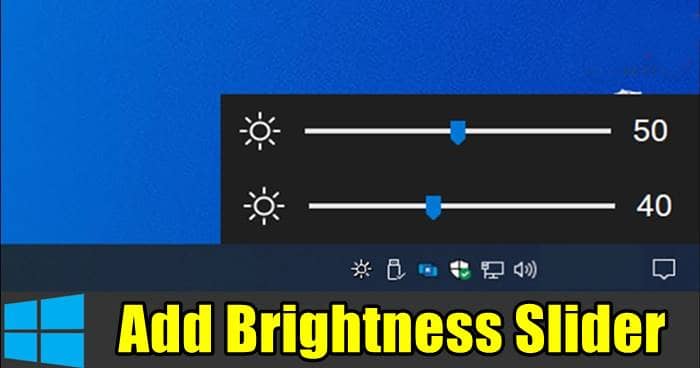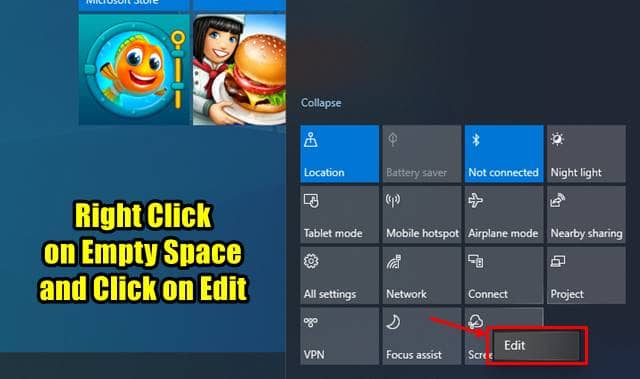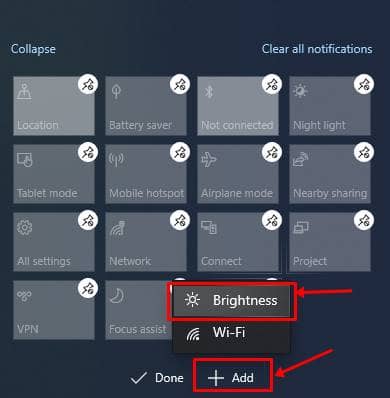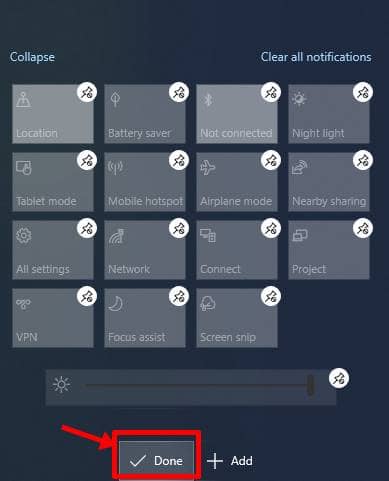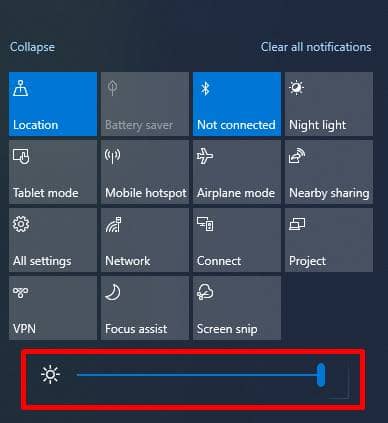For example, brightness settings in laptops are made available through keyboard shortcuts or from the Notification center. For tablets, it can be a slider and found in the notification panel. And for desktop PCs, it’s not available at all, but rather be adjustable through the monitor’s physical keys. While it depends according to devices, here’s a simple guide on setting this brightness slider in Windows 10 laptops from deep system settings to the Notification center, where it’s accessible quickly. Here’s how; Also Read- How to Enable Hibernate Mode on Windows 10
How to Add Brightness Slider in Windows 10 Notification Center
Note: This works only for Windows 10 laptops and not for desktops. Since desktop can be branded or assembled, keyboard OEMs giving brightness keys won’t often work. Thus, desktop users should check their monitor guide for adjusting the screen brightness. That’s it. You can now access the brightness slider from the notification center, which is easy and simple. If not, you can try a long way of going to Windows Settings > System > Display > Brightness and color, and set it accordingly.
